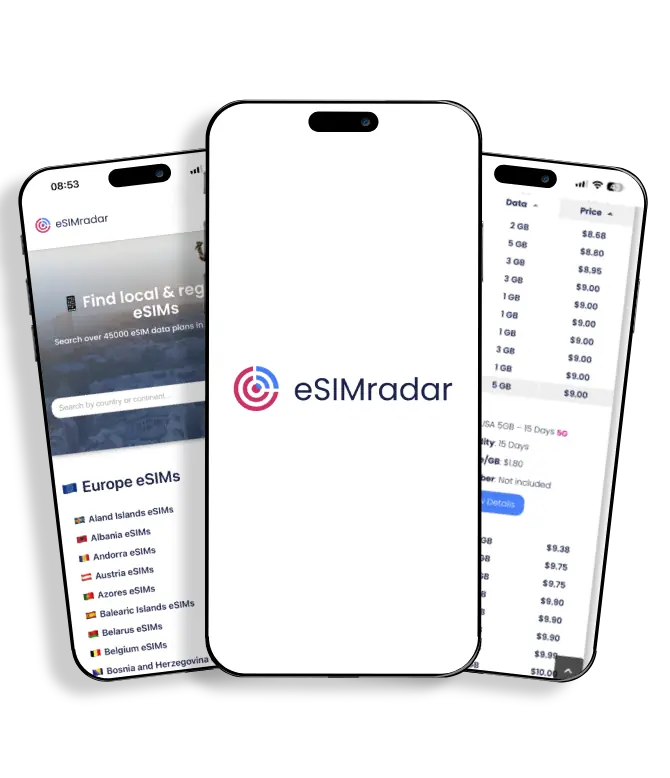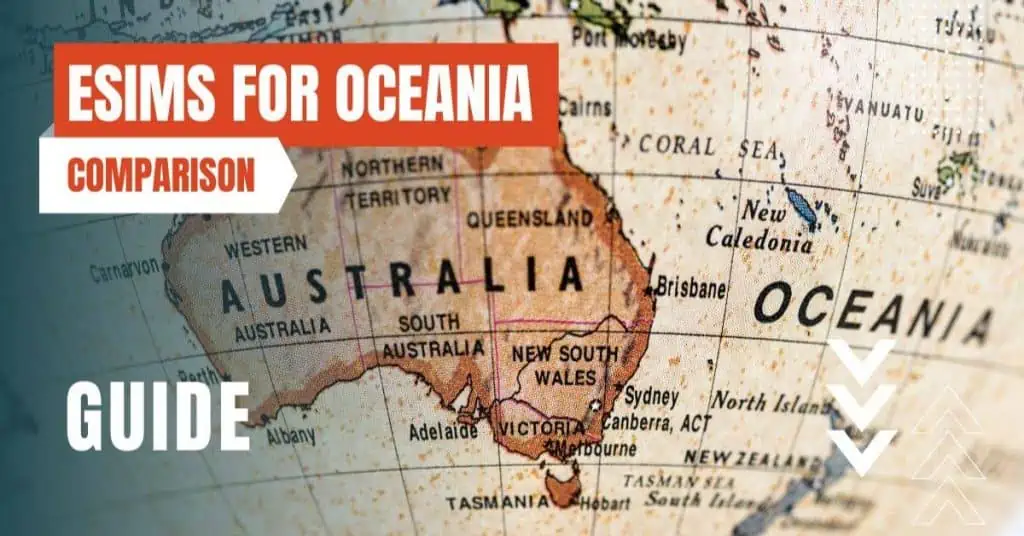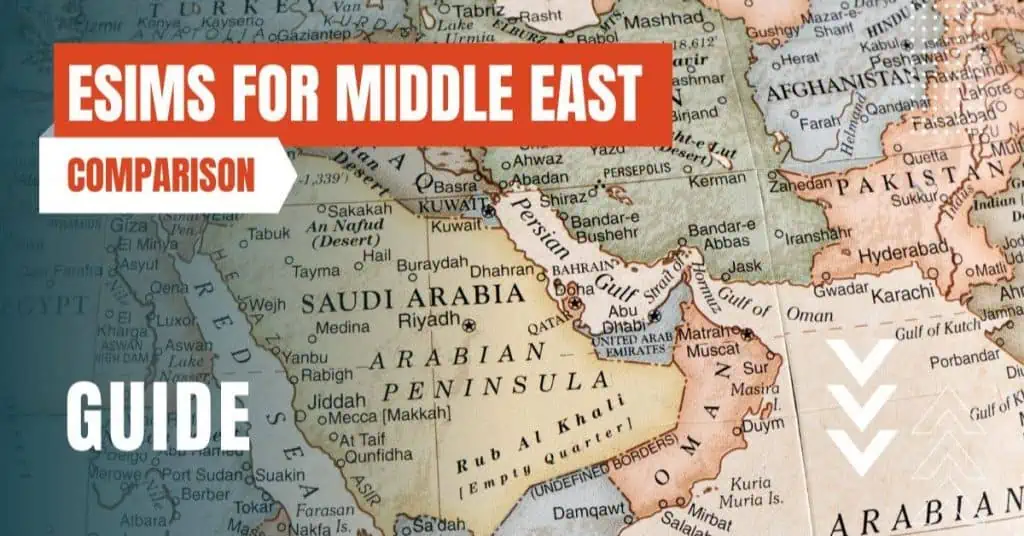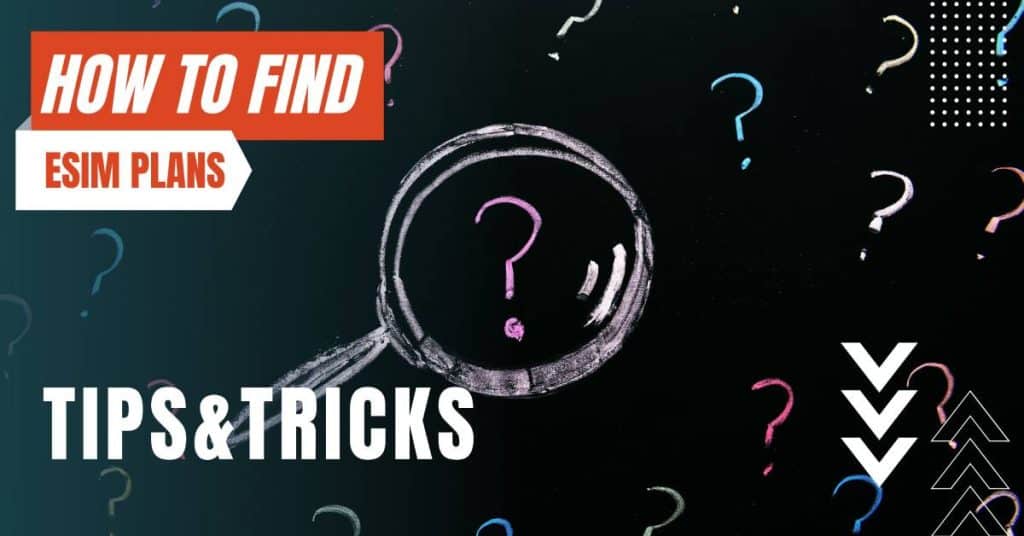All of the products and services we feature are chosen independently. If you click through links we provide, we may earn a commission. Learn more
Written by: Emily Chen
CDMA vs GSM
- Updated: September 30, 2023 | Published:
When it comes to mobile network providers, the first things that come to mind are coverage, quality, support, and pricing. But there’s another aspect that often goes unnoticed, yet plays a crucial role in your mobile experience – the type of network your carrier uses.
In the US, this typically boils down to two options: GSM or CDMA. While these technologies are gradually being phased out with the advent of 4G LTE and 5G, understanding their differences can provide a fascinating glimpse into the evolution of mobile communication.

GSM: The Global Standard
GSM, which stands for Global System for Mobile Communication, was once the standard for communication globally, particularly in Asia and Europe.
Its reach extended to over 210 countries worldwide, functioning on four distinct frequency bands. GSM uses a variant of TDMA (time division multiple access) that divides the frequency bands into multiple channels. Your voice is transformed into digital data, given a channel and a time slot.
On the other end, the receiver listens only to the assigned time slot, with the call pieced together in a negligible amount of time.
One of the most noticeable features of GSM was the use of SIM cards. The phone number was linked to the SIM card, so when switching devices, all you had to do was pop the SIM card into a new phone, and you were good to go.
CDMA: The Proprietary Challenger
CDMA, or code division multiple access, was a standard designed and patented by Qualcomm. Unlike GSM, CDMA didn’t see the same level of global adoption, with less than 18% of the networks around the world using CDMA. It was primarily found in the US, with Verizon Wireless and Sprint both using CDMA networks.
CDMA networks layer digitalized calls over one another, assigning unique codes to differentiate between them. Every call data is encoded with a different key, and the calls are then transmitted at the same time. The receivers each have the unique key as well, to split the combined signal into its individual calls.
Unlike GSM, CDMA devices did not use SIM cards. Instead, the phone number was linked to a particular device. If you wanted to upgrade to another phone, you would have to get in touch with the network carrier, deactivate the old device, and activate the new one.
GSM vs CDMA: The Main Differences
While both GSM and CDMA are multiple access standards, allowing multiple calls to go through a single tower, the major difference lies in the way your data is converted into the radio waves that your phone broadcasts and receives.
Network coverage doesn’t depend on whether it is a GSM or CDMA network, but rather on the infrastructure the carrier has in place. GSM networks were far more popular globally, but in the US, Verizon Wireless, a CDMA network at the time, had the highest number of subscribers and broadest coverage in the country.
When it comes to international roaming, GSM had the upper hand, with a lot more GSM networks around the world, along with roaming deals between these providers. With a GSM phone, you also had the advantage of picking up a local SIM card wherever you are, assuming that you have an unlocked device.
The Evolution of Mobile Networks
As we delve deeper into the 21st century, the mobile network landscape continues to evolve at a rapid pace. The advent of 4G LTE and 5G technologies has revolutionized the way we communicate, offering faster speeds, lower latency, and a more seamless user experience.
The transition from GSM and CDMA to 4G LTE and 5G has not been without its challenges. MNO’s have had to invest heavily in new infrastructure and technology to support these advanced networks.
However, the benefits have far outweighed the costs, with users now able to stream high-definition video, play online games, and use data-intensive applications on the go like never before.
The Impact on Consumers
For consumers, the shift away from GSM and CDMA has largely been a positive one. The introduction of 4G LTE and 5G has led to improved network coverage, faster data speeds, and a more reliable service.
One of the most significant changes has been the move towards SIM cards in all devices, including those on CDMA networks. This has made it easier for consumers to switch devices, as they can simply move their SIM card from one device to another.
International roaming has also become more straightforward, with many network carriers now offering roaming services on 4G LTE and 5G networks.
This means that consumers can use their mobile devices in other countries without having to worry about compatibility issues.
The Future: Beyond GSM and CDMA
With 4G LTE the current standard and 5G the path forward for the majority of network carriers worldwide, the debate of GSM vs CDMA matters less every day. Modern smartphones intended for CDMA networks also started to come with SIM card slots, to take advantage of the network’s 4G LTE capabilities.
As we continue to make a push towards more advanced 4G and 5G networks, the choice between GSM and CDMA becomes even less relevant. While GSM and CDMA handsets cannot be interchanged even now, and will never be cross-compatible, that won’t make a difference as we continue to make a push towards more advanced 4G and 5G networks.
Unless international roaming is a factor, as far as your voice call and 3G data needs are concerned, both GSM and CDMA networks are equally good, with factors like availability, coverage, customer service, and price, more at play here.
While the GSM vs CDMA debate was once a significant factor in choosing a mobile network, the advent of 4G and 5G technologies has made this largely irrelevant. Today, the focus is more on the coverage, customer service, and pricing offered by your network provider, rather than the underlying technology they use.
As we move forward, it’s clear that the future of mobile communication lies beyond GSM and CDMA, in the realm of 4G LTE and 5G networks.
By entering your email & signing up, you agree to receive promotional emails on eSIMs and insider tips. You can unsubscribe or withdraw your consent at any time.

About The Author
Spread the Word, Share the Joy
Compare eSIMs
Why keep the secret to yourself? Spread the joy of eSIMradar and let everyone in on the eSIM experience!

Easy eSIM Comparison for Your Needs
Simplifying your search! Easily compare eSIM plans tailored to your specific needs

Coverage in 210+ Countries
Benefit from our extensive eSIM comparison with 30+ providers in over 210 destinations.

Save money without second-guessing
Our platform helps you maximize value, ensuring competitive prices.

Enjoy Hassle-Free Travel Abroad
Whether you’re on holiday or a business trip abroad, stay connected with ease and focus on enjoying your experiences,
Find Your Perfect eSIM & Exclusive Deals!
Find your ideal eSIM effortlessly and stay connected in style wherever your adventures take you! Get exclusive deals and discounts at your fingertips, ensuring you get connected for less on your travels!













